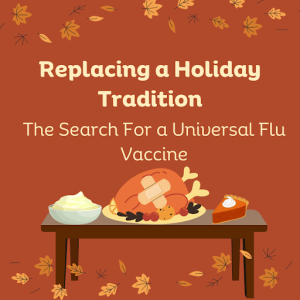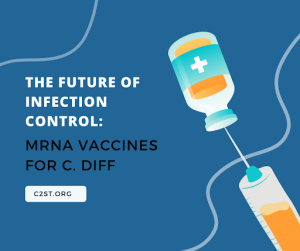Replacing a Holiday Tradition: The Search For a Universal Flu Vaccine
By Zyara Morton, C2ST Intern, University of Illinois Urbana-Champaign
The holiday season can bring to mind many traditions. Maybe after Thanksgiving dinner, your family watches a movie or begins setting up the Christmas tree. Or maybe as the temperatures drop and snow starts to fall, you put on your mittens and boots, and make your way straight to the pharmacy for your yearly flu shot! While less ‘festive’ than these other traditions, it is still very important to protect yourself against the flu, especially as the holiday season kicks in. However, why are we urged to receive these shots every year, around the same time? In this blog post, we will dive deeper into why yearly flu shots are necessary, and the search for a universal flu vaccine.

Continue reading “Replacing a Holiday Tradition: The Search For a Universal Flu Vaccine”




